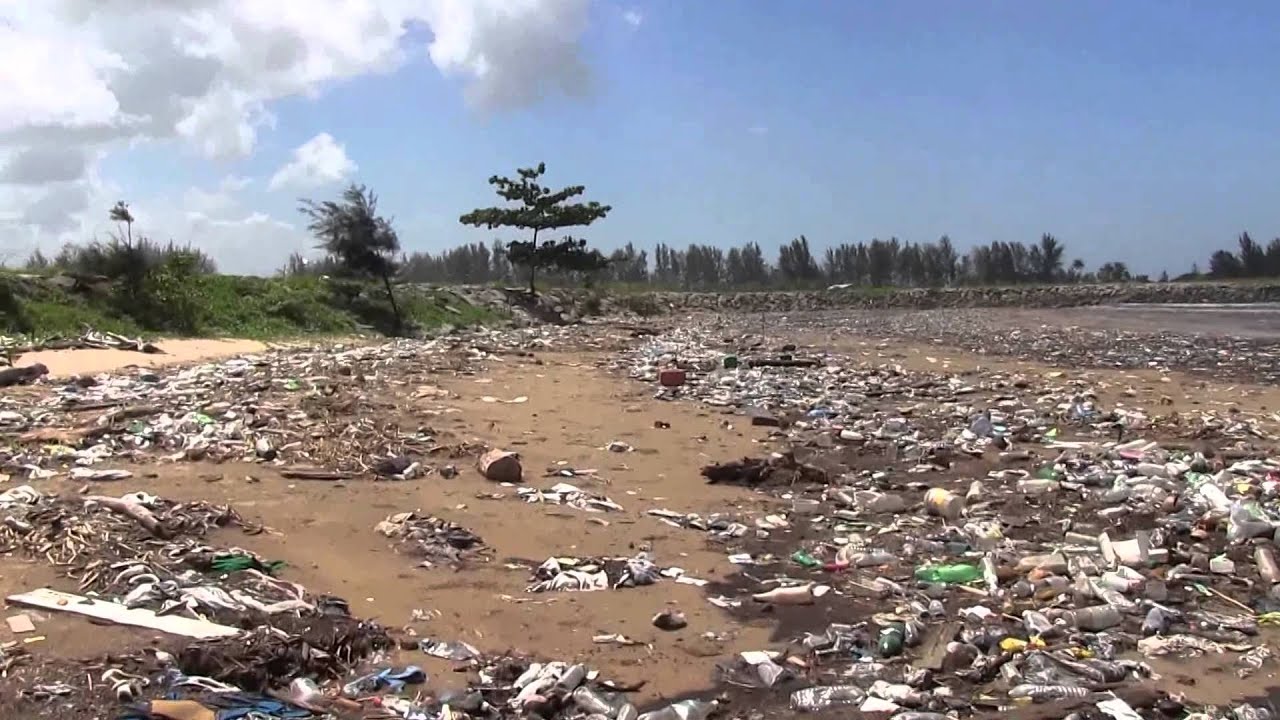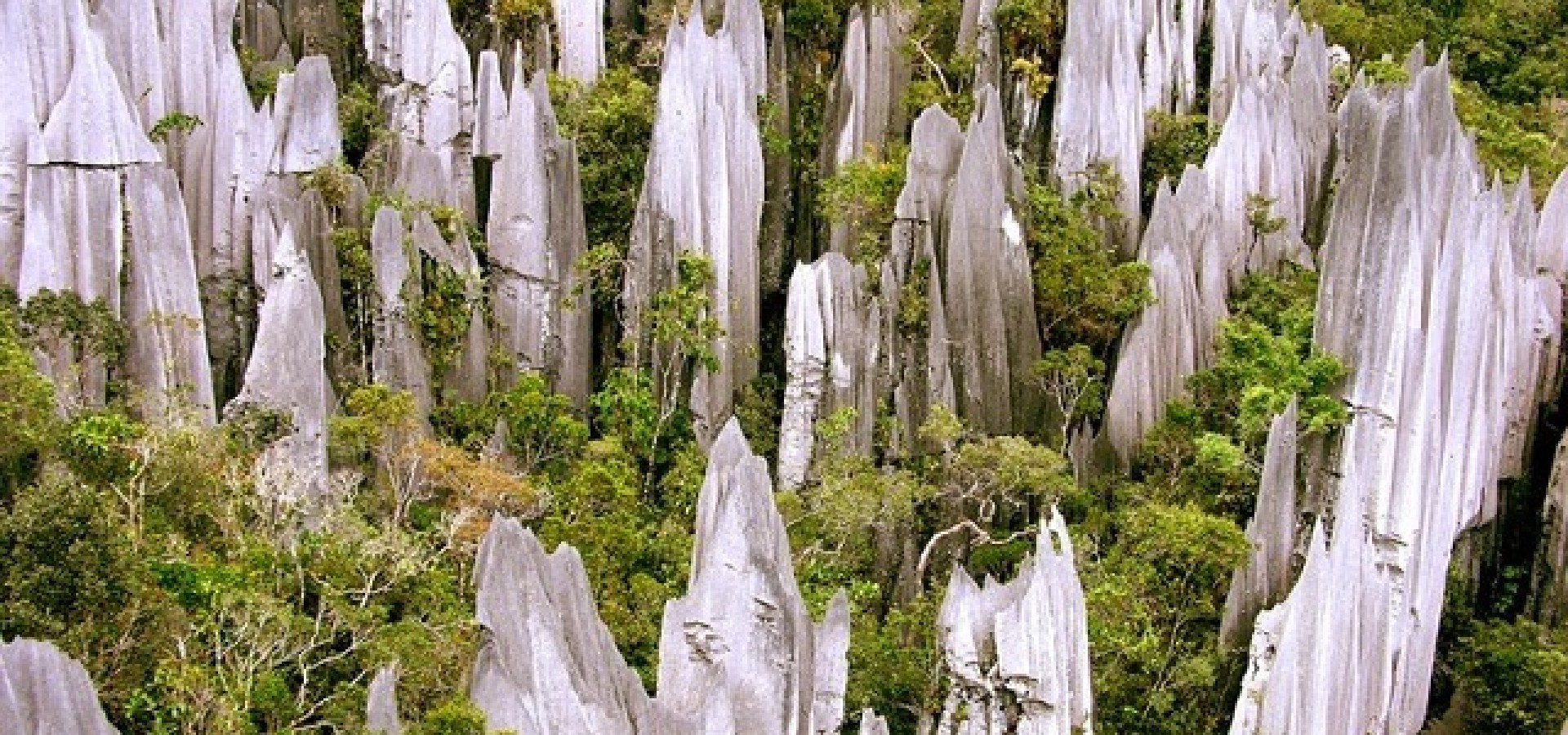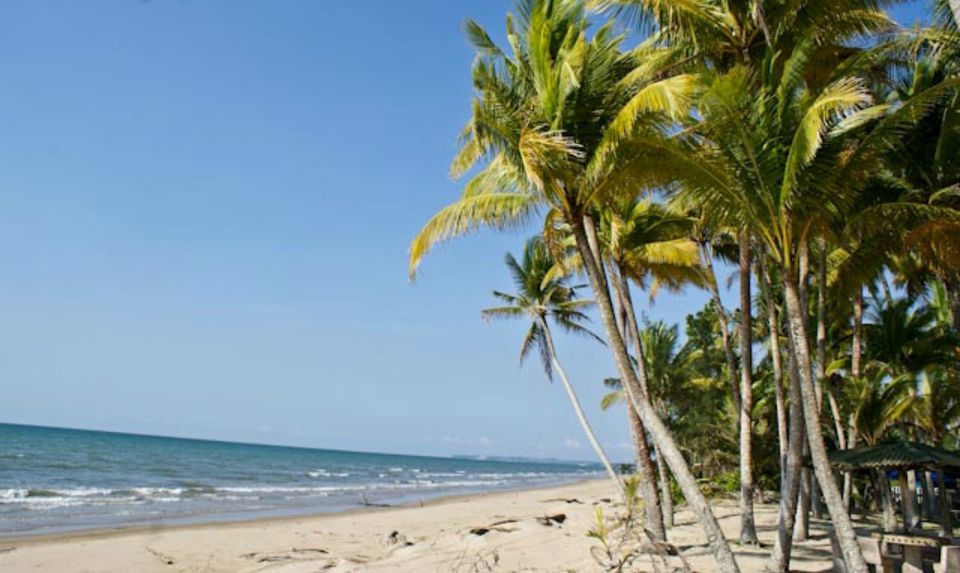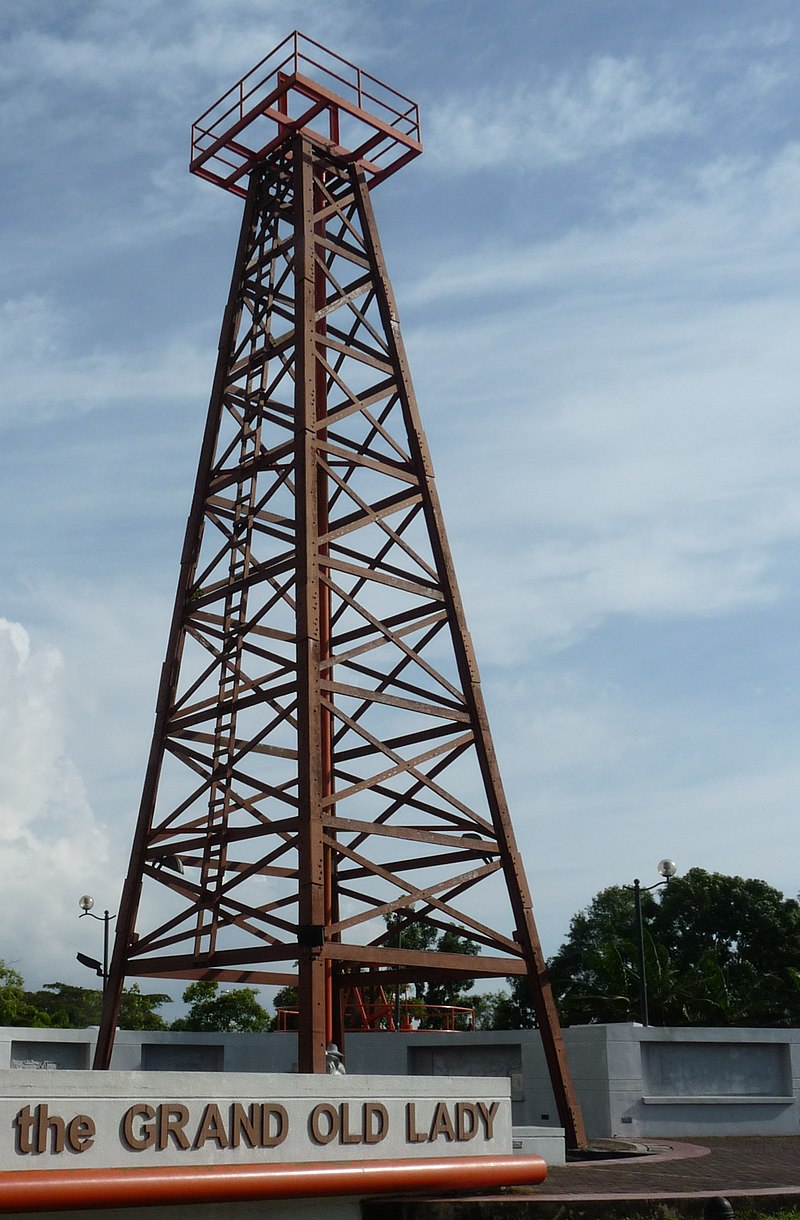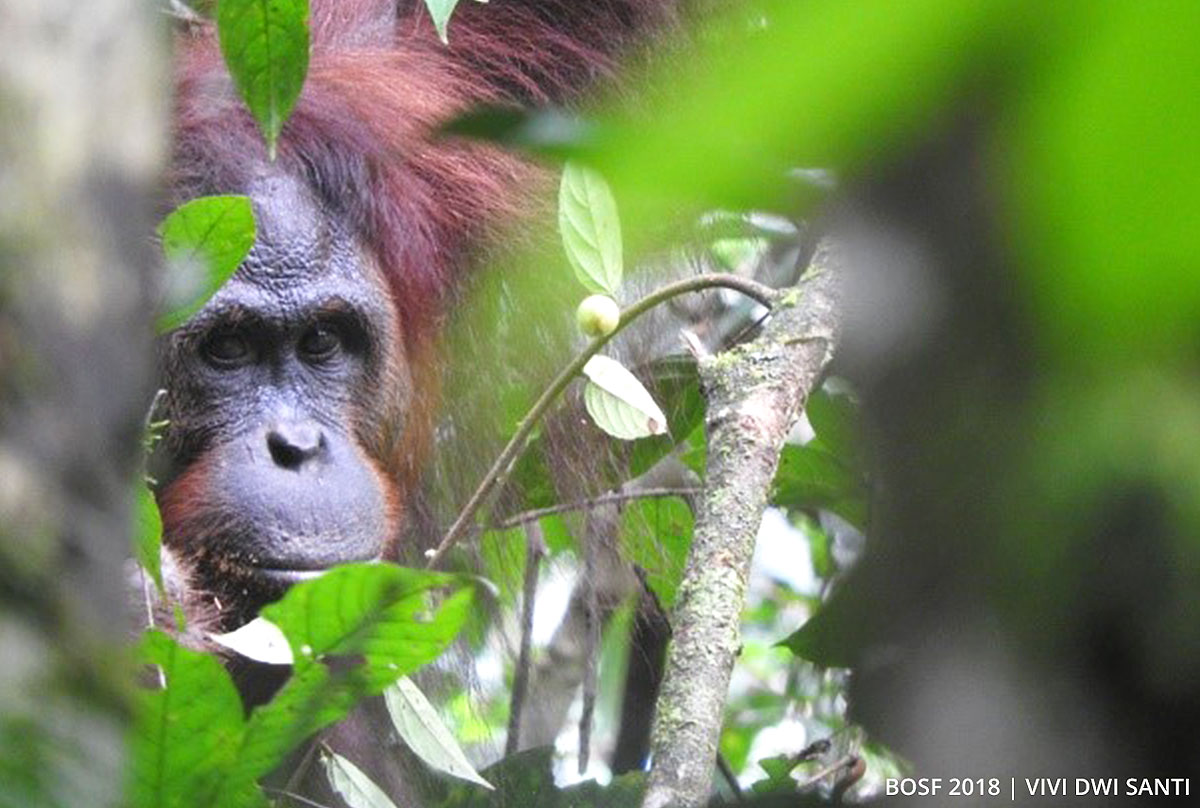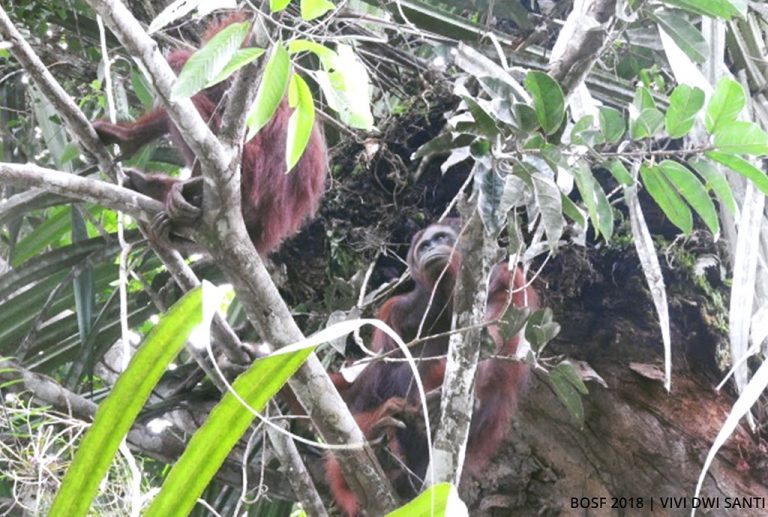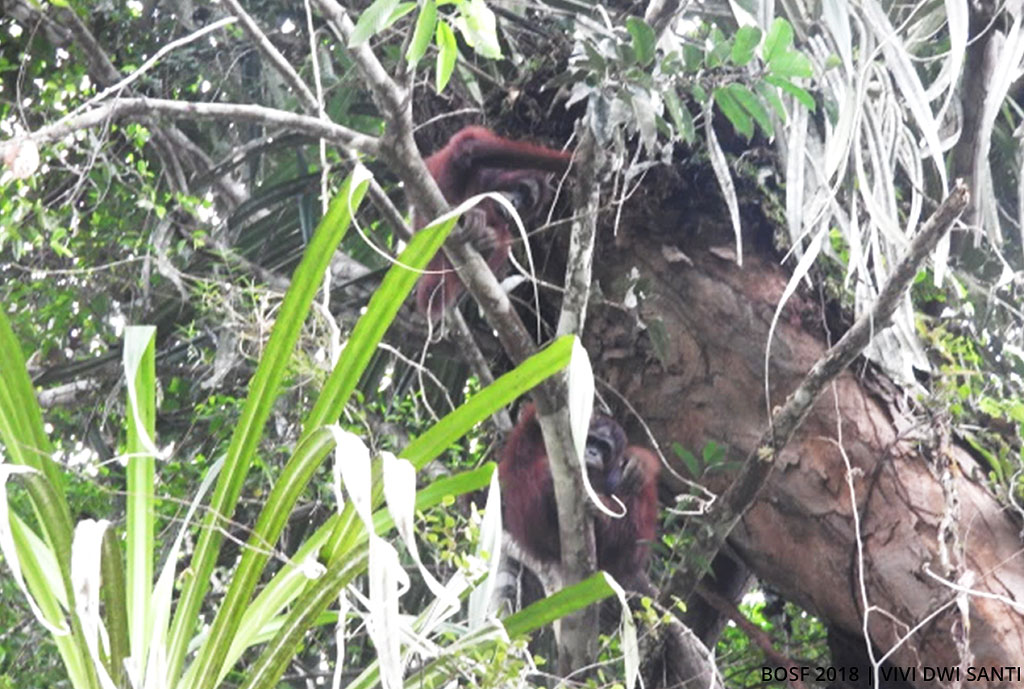
AsianOverland.net
Tour Guide - Itinerary
Asian Overland Sydney to London
Started 22/06/2022 Finished 21/06/2023365 Days ITINERARY
Day 47 date 07/08/2022BRUNEI to MIRI, SARAWAK, MALAYSIA
ASIANOVERLAND.NET SYDNEY TO LONDON DAY 47: BRUNEI TO MIRI, SARAWAK, MALAYSIA
During the 19th century, the Bruneian Empire began to decline as the European colonisers exercised their naval and military strength. The Sultanate ceded Sarawak to James Brooke and installed him as the White Rajah, and ceded Sabah to the British North Borneo Chartered Company. In 1888 Brunei became a British protectorate and was assigned a British resident as colonial manager in 1906.
Massive oil and gas discoveries off the west coast of Brunei/Borneo ensured great wealth for oil companies. The Secretary-General of the United Nations recently lamented that the world’s oil and gas companies made more than $100 billion profit in one 2022 financial quarter, at the expense of the poor. A large amount of that oil and gas wealth is in the South China Sea in the territorial waters of Brunei and Malaysia (as well as the Middle East), the main reason for the presence of American, British and Dutch oil companies in Brunei and Malaysia.
The drive south along the west coast of Borneo through Brunei to Miri highlights the massive effect the oil and gas industry has had on the Brunei economy. The Sultan of Brunei is one of the richest men in the world and in effect, rules as an absolute monarch. He shares the country’s resources with the Bruneian people, by keeping 50% of Brunei’s oil and gas revenue for himself and allowing the other 50% to be used for public expenditure on the people, roads, schools, hospitals, mosques and so on. Public dissent is discouraged. The loss of orangutan jungle habitat in Brunei/Borneo should not be mentioned, although it happens every day.
Charles Brooke succeeded James Brooke as the new Rajah of Sarawak in 1868. By 1883, Sultan of Brunei (Sultan Abdul Momin) ceded the Baram region (including Miri) to Charles Brooke. The fourth division of Sarawak was immediately created with the installation of Claude Champion de Crespigny as the first Resident of the Division, while the Miri area was still a fishing village. It was a small settlement surrounded by mangrove, Nipah palm jungles, 20 scattered houses, a few wooden shops operated by Chinese traders and a lone Arab trader.
The local population in Miri had extracted oil from hand-dug wells for centuries. Song Huiyao Jigao, of the Song dynasty of China, mentions the imports of Borneo camphor and petroleum in the 11th century. Miri is 798 kilometres northeast of Kuching and 329 kilometres southwest of Kota Kinabalu.
In 1882, de Crespigny reported to the Brooke government on 18 hand-dug oil wells in the Miri area and recommended the area near Miri River should be thoroughly explored.
Oil exploration in Miri by Royal Dutch Shell Company started in 1909, after Rajah Charles Brooke came to London to sign the first Sarawak Oil Mining Lease. Royal Dutch Shell dispatched a senior geologist named Josef Theodor Erb, who started to map Miri oil fields from August 1909 to July 1910. He also identified a location known as "Miri Hill" (now known as "Canada Hill", 150 m above sea level) as suitable to act as an anticline for oil drilling.
On 10 August 1910, the first oil drilling operation was started. A 30-metre-high rig, the "Grand Old Lady", made up of wooden derricks and cable tool drilling was used in the operation by Royal Dutch Shell. On 22 December 1910, oil was struck after 130 metres of drilling at the well. The first oil refinery and submarine pipeline was built in Miri in 1914.
Royal Dutch Shell also founded a subsidiary company named Sarawak Oil Field Ltd, which now operated as Sarawak Shell Berhad. Since then, another 624 land wells have been drilled around Miri until 1972, which are collectively known as the "Miri field". The Miri field is the only onshore field in Sarawak, because oil production has shifted offshore since the late 1950s.
Resident Office moved to Miri in 1912 and Miri grew as fast as the rate of oil production by the Shell company. In 1920, roads were built in Miri and bicycles and motorcycles were bought into the town. By 1921, there were 40 shop houses in Miri, with one English school and one Chinese school. Oil production continued to increase until it reached a peak of 15,000 barrels per day in 1929. Water supply was improved, jungles were cleared, and more roads were built, and the orangutan population decreased as oil production increased.
During World War II, the Miri oil fields were destroyed by the Brooke government to sabotage Japanese operations in Southeast Asia but to no avail; Miri town was the first landing point of Japanese troops in Borneo. The subsequent Japanese occupation led Miri to become a target of Allied air raids which caused the destruction of oil refinery facilities in Miri. In 1974, the formation of Malaysian oil and gas company Petronas led to co-operation between Petronas and Shell on oil exploration in the Miri region.
Miri is the main tourist gateway to the world-famous UNESCO World Heritage Site, Gunung Mulu National Park; Loagan Bunut National Park; Lambir Hills National Park; Niah National Park and Miri-Sibuti Coral Reef National Park. The Gunung Mulu National Park with its Sarawak Chamber, which is the largest known cave chamber in the world by area, remains one of the favourite ecotourism destinations in Miri.
© This work is copyright. Apart from any use permitted under the Copyright Act 1968, no part may be reproduced by any process, nor may any other exclusive right be exercised, without the permission of Peter Searle, peter@portseavillageresort.com; 1980-2024.
Website built by Justin O’Dea www.webdeveloperdocklands.com.au

